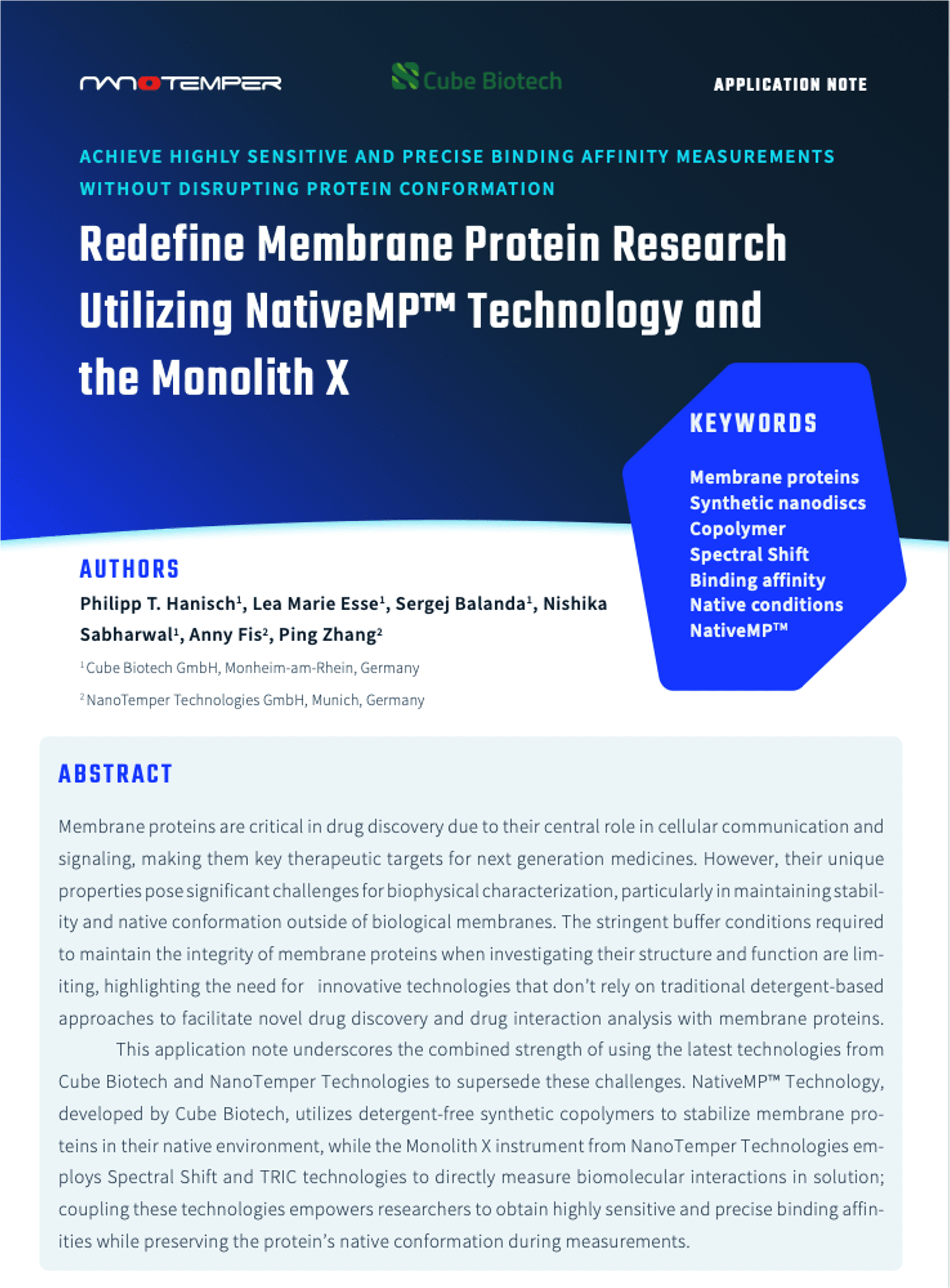Saez-Ayala, M., Yekwa, E., Mondielli, C., et al.
Antiviral Research 2018, vol: 162 doi: 10.1016/j.antiviral.2018.12.008
Abstract
Arenaviridae is a viral family whose members are associated with rodent-transmitted infections to humans responsible of severe diseases. The current lack of a vaccine and limited therapeutic options make the development of efficacious drugs of high priority. The cap-snatching mechanism of transcription of Arenavirus performed by the endonuclease domain of the L-protein is unique and essential, so we developed a drug design program targeting the endonuclease activity of the prototypic Lymphocytic ChorioMeningitis Virus. Since the endonuclease activity is metal ion dependent, we designed a library of compounds bearing chelating motifs (diketo acids, polyphenols, and N-hydroxyisoquinoline-1,3-diones) able to block the catalytic center through the chelation of the critical metal ions, resulting in a functional impairment. We pre-screened 59 compounds by Differential Scanning Fluorimetry. Then, we characterized the binding affinity by Microscale Thermophoresis and evaluated selected compounds in in vitro and in cellula assays. We found several potent binders and inhibitors of the endonuclease activity. This study validates the proof of concept that the endonuclease domain of Arenavirus can be used as a target for anti-arena-viral drug discovery and that both diketo acids and N-hydroxyisoquinoline-1,3-diones can be considered further as potential metal-chelating pharmacophores.
Topics: Virology, Monolith – MicroScale Thermophoresis, MST, Publications










